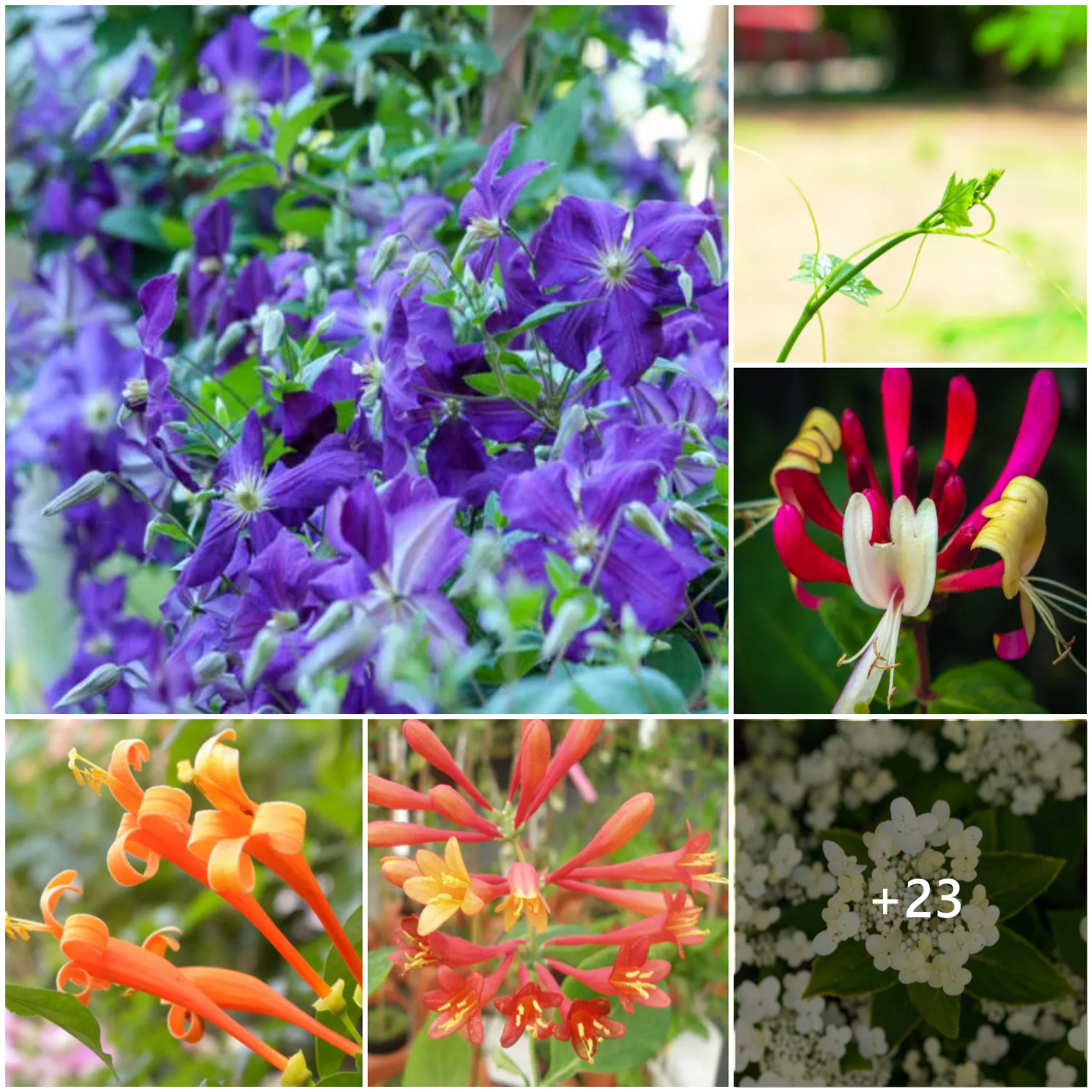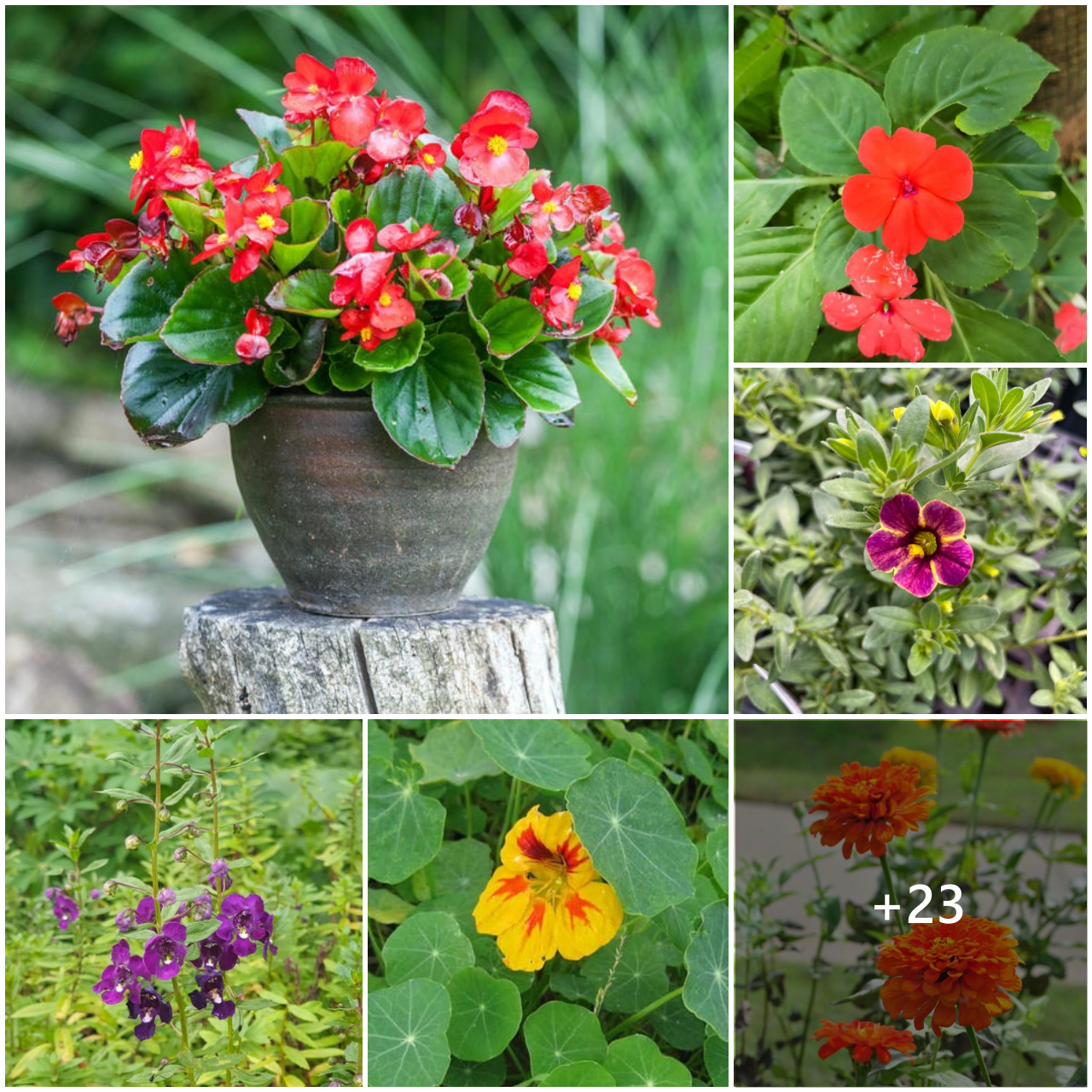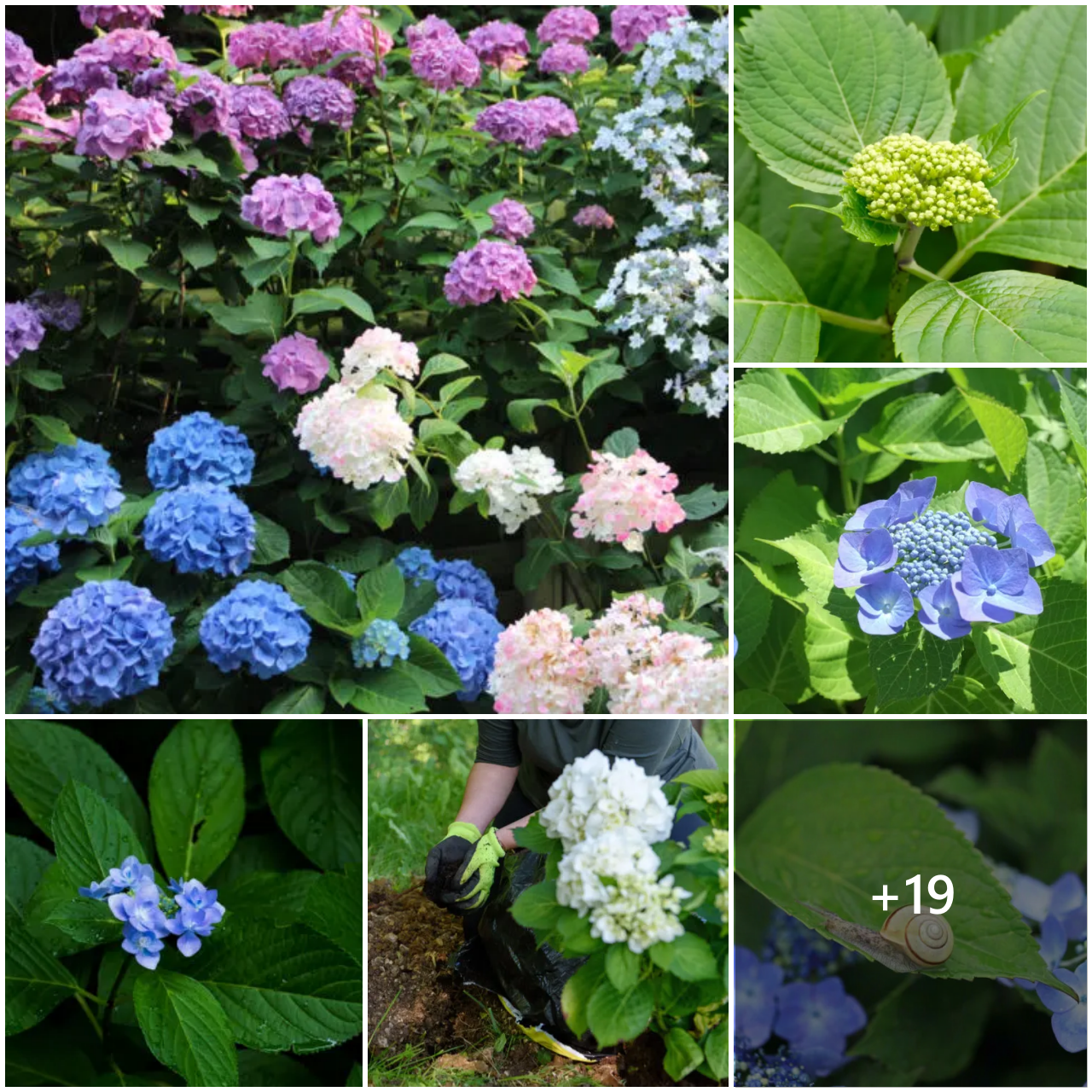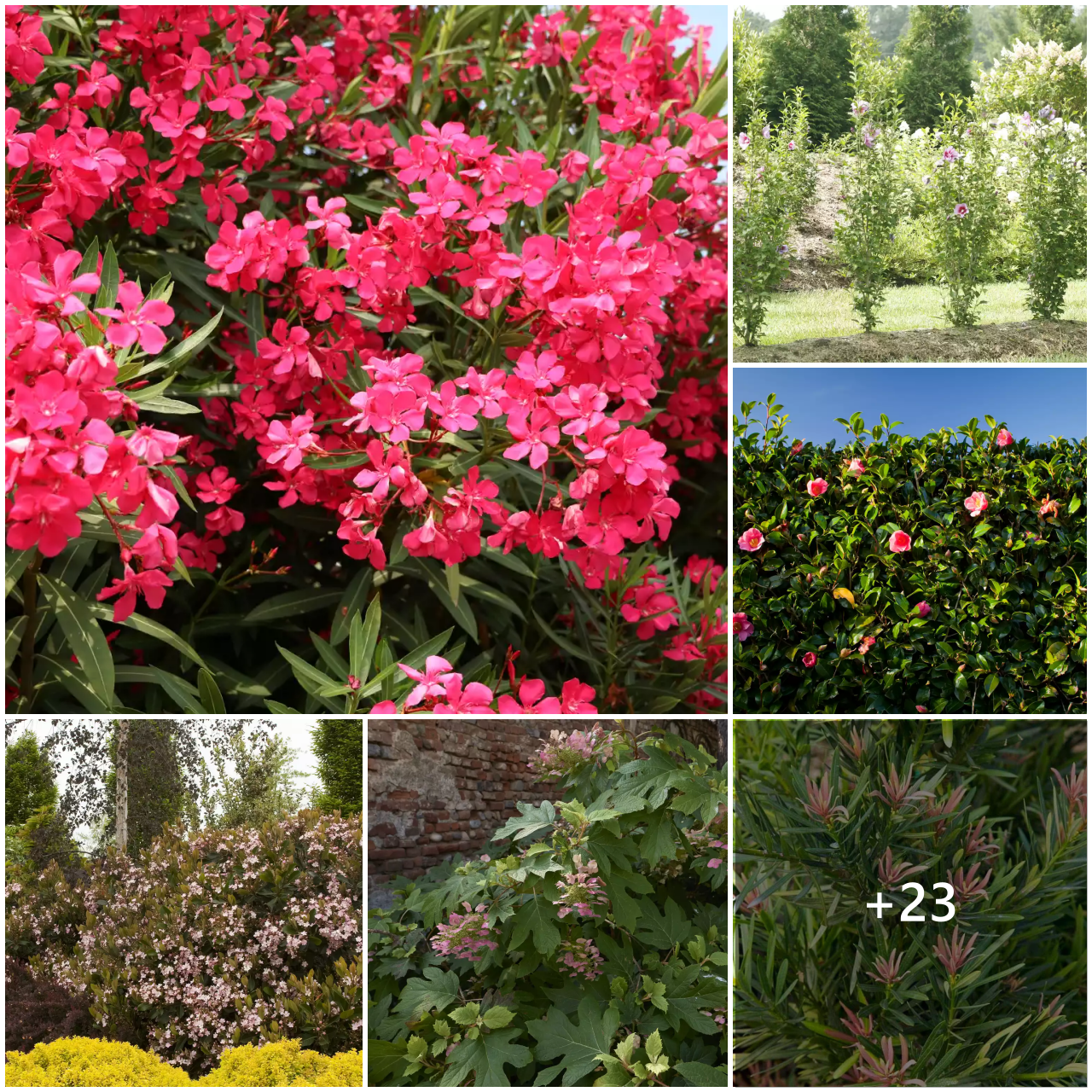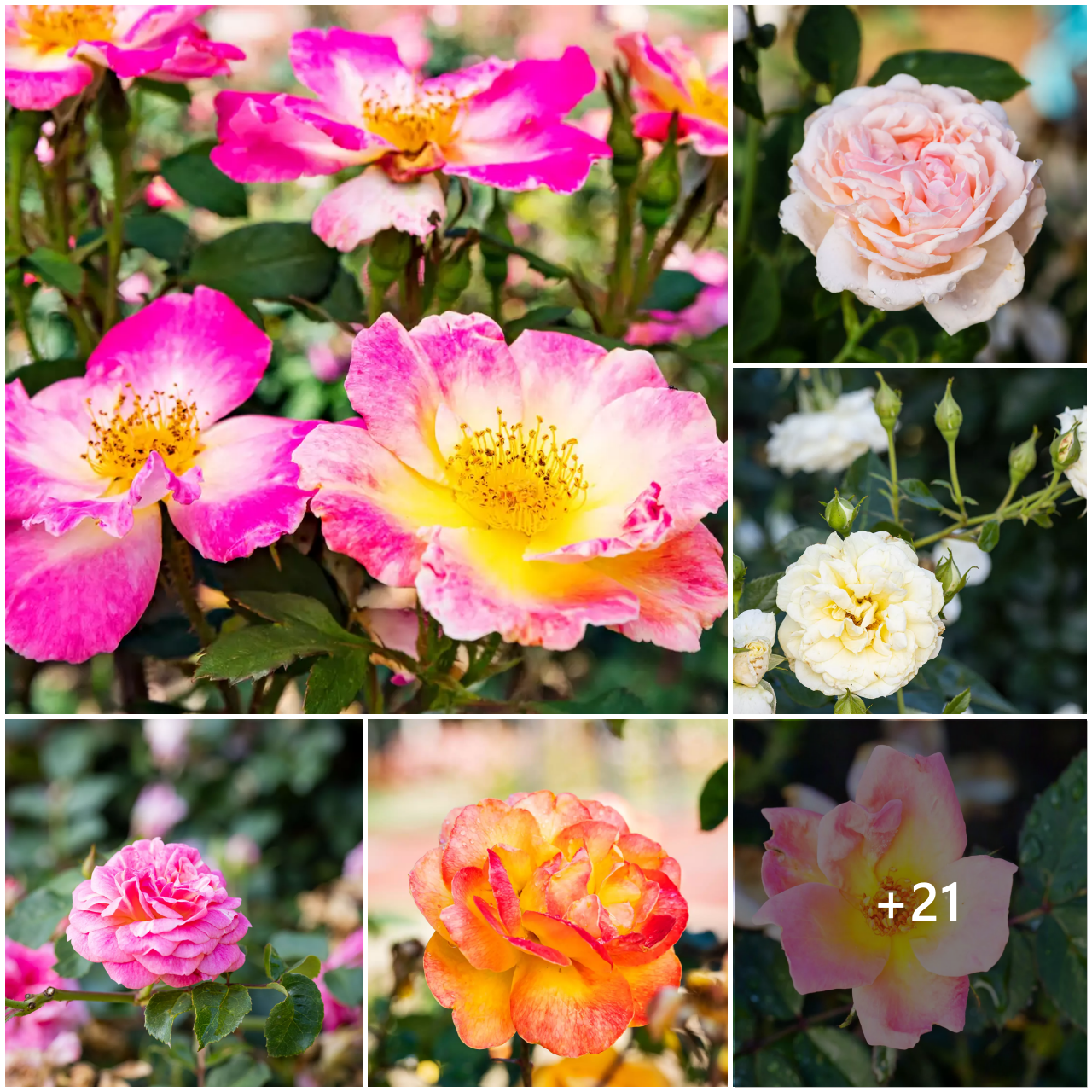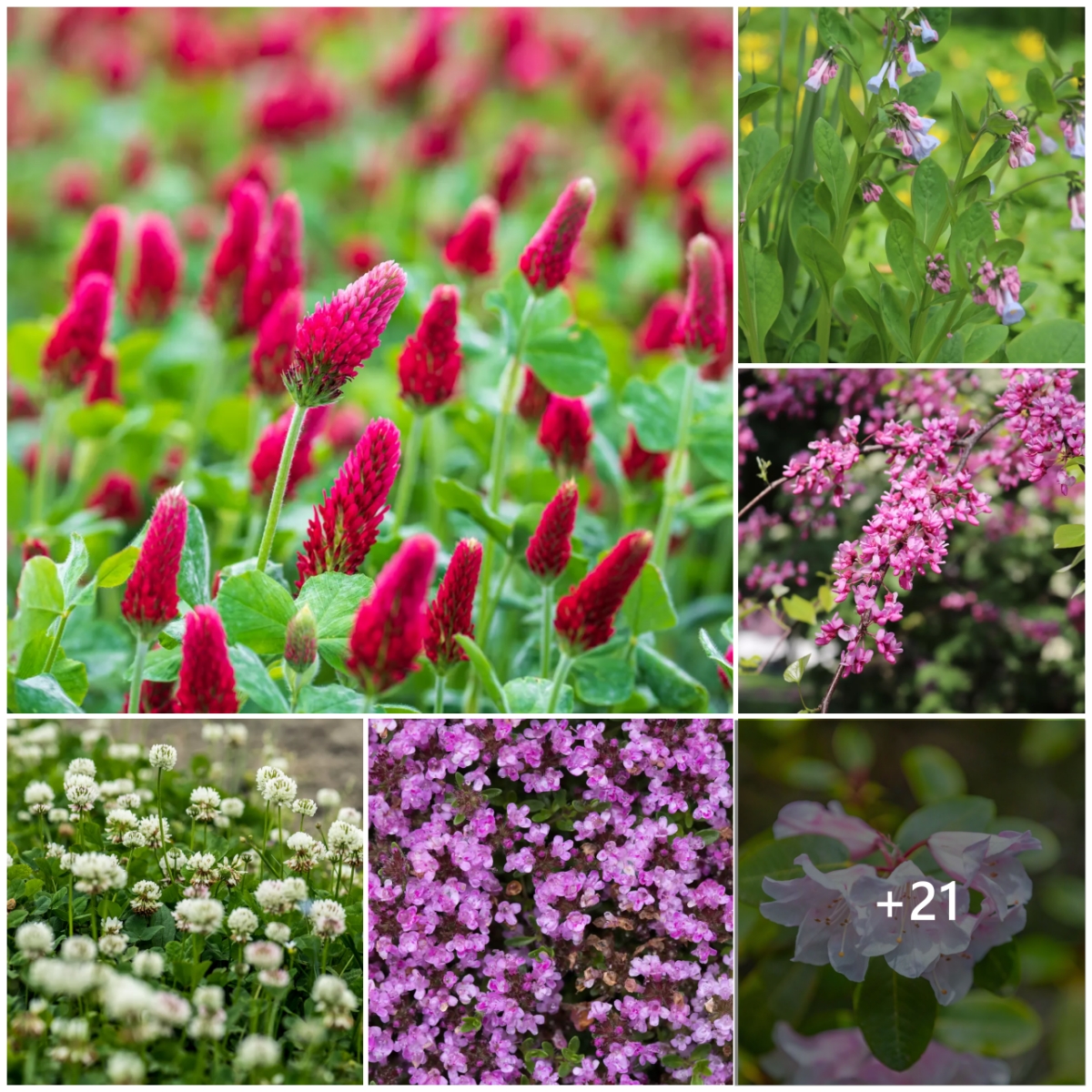Learn about these timeless beauties, including the meaning of their colors.
Roses are red and never blue; here are more facts about roses for you! Most people associate roses with love, but these beautiful blooms are more than a Valentine’s Day staple. Roses come in a stunning array of shapes, sizes, and shades, making them a genuinely diverse flower and a favorite in gardens worldwide. More than 150 types of roses grow as shrubby plants, climbers, and groundcovers, so you can likely find space somewhere for roses in your garden (just don’t forget to stop and smell them). These surprising facts about roses just might give you a fresh perspective on this classic flower.
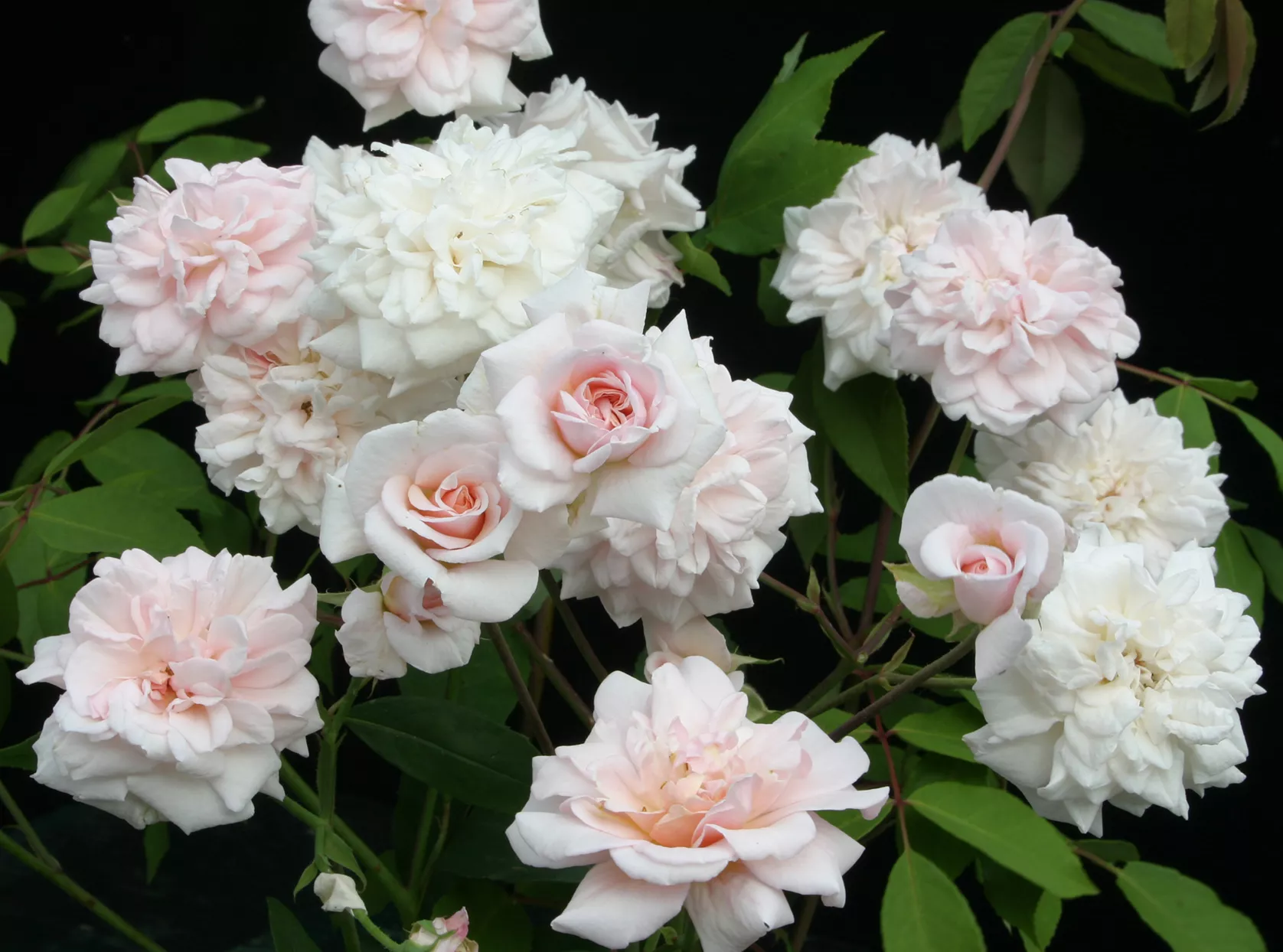
1. Roses Are One of the Oldest Flowers
No wonder roses have been referenced in literature and music for centuries. Archaeologists have discovered rose fossils dating back 35 million years. An even more amazing fact about roses is that the oldest living rose is 1,000 years old. This impressively enduring rose grows on a wall of the Hildesheim Cathedral in Germany.
2. You Can Eat Roses
Displayed in a vase isn’t the only way to use roses in the kitchen. Their petals are edible, and rose water (made from soaking the petals in water) is often added to jellies or jams or is used as flavoring in Indian and Chinese dishes. Roses also grow a berry-shaped fruit called rose hips. The fruit can be orange, red, dark purple, or even black. Rose hips are packed with vitamin C and can be used in cocktails or dried to create a refreshing tea.
Never eat petals from a standard florist rose because the pesticides commonly used on them are not approved on food.
3. Their Fragrance is Used in Perfumes
You know the saying: Stop and smell the roses. Well, roses weren’t chosen for this phrase by chance; their lovely aroma is a popular floral scent used in many perfumes. Specifically, rose oil has been an essential ingredient in the perfume industry for centuries. Extracting rose oil from flowers requires a massive amount of roses; just one gram of oil is produced from two thousand roses.
4. Each Rose Color Has a Different Meaning
If you aren’t keen on the classic red rose that appears in movies and Valentine’s Day cards, you’re in luck; there are many beautiful colors of roses, all with specific meanings. Besides red roses symbolizing love and romance, pink roses exude grace and elegance. Vibrant yellow roses represent friendship and cheer. On a more somber note, white roses signify sympathy, which is why you might often see them at funerals. However, white roses can also represent purity, spirituality, and innocence. Offer orange roses for your next congratulatory bouquet (maybe for a graduate or new hire). They represent enthusiasm.
5. The Rose is the U.S. National Flower
You probably could name the U.S. national bird (hint: It’s on the back of the quarter), but you might not know the national flower: The rose. In 1986, President Ronald Reagan declared the rose the national flower emblem of the United States. He even did so while standing in the famous White House Rose Garden. Various varieties of roses are also the state flower of Georgia, Iowa, New York, North Dakota, and Washington, D.C.
6. Roses Are Named to Honor People
A fun fact about roses is that they’re named to celebrate politicians, celebrities, and other legendary people as a tribute to their contributions to society. The Elizabeth Taylor rose is a bright pink hybrid tea rose, while Barbra Streisand’s rose, which she was very particular about, is a lavender bloom with a bright, citrusy scent. Julia Child’s rose is, appropriately, a butter-yellow color with a licorice-tinged aroma. First Lady Laura Bush selected an orange-cinnamon-hued rose because it reminded her of a Texas sunset. Even Elvis Presley has a rose named for him—an orange-pink hybrid tea rose.
